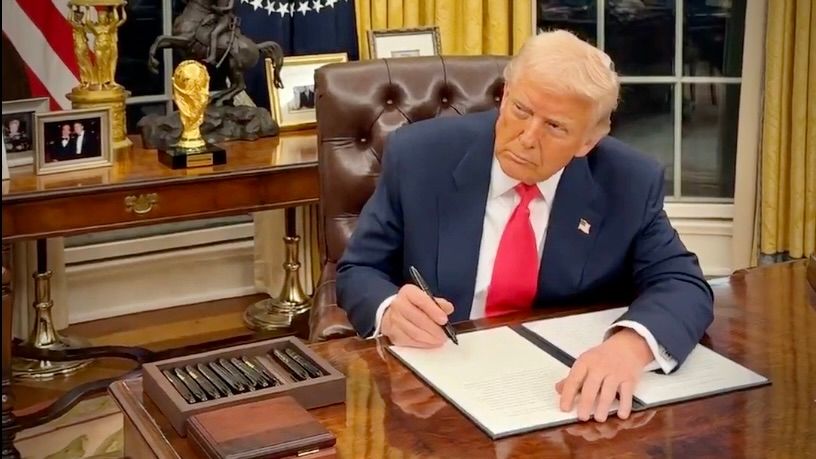The Evolution of Blockchain Gaming: The Rise of Digital Asset Ownership
Introduction
The blockchain gaming industry has been on a remarkable journey, with the concept of digital asset ownership at its core. In the early days of blockchain gaming, the need for digital asset ownership was essential, as it allowed players to own, trade, and monetize in-game assets in the form of tokens and NFTs. However, as the industry has evolved, the need for digital asset ownership has become less prioritized, with many blockchain games adopting the free-to-play model.
The Rise of Digital Asset Ownership
The concept of digital asset ownership was first introduced in the early days of blockchain gaming, with the rise of play-to-earn (P2E) games. In P2E, players could buy and sell NFTs, which were used to represent in-game assets, such as characters, items, and currency. This concept was revolutionary, as it allowed players to own and control their in-game assets, giving them a sense of ownership and agency.
The Challenges of Digital Asset Ownership
However, the concept of digital asset ownership was not without its challenges. One of the main issues was the need for players to buy NFTs upfront, which created a barrier to entry for many players. Additionally, the limited availability of assets and high entry costs created a bottleneck, making it difficult for players to access the game.
The Shift to Free-to-Play
In response to these challenges, blockchain games began to shift towards the free-to-play model. This model allowed players to access the game without the need to buy NFTs upfront, making it more accessible to a wider audience. However, this shift also meant that the concept of digital asset ownership was no longer a requirement, and players could play the game without having to own any assets.
The Current State of the Industry
Today, the blockchain gaming industry is at a crossroads. On one hand, the concept of digital asset ownership is still present, but it is no longer the primary focus. On the other hand, the free-to-play model has become the norm, and many blockchain games are adopting this approach.
The BGA Survey: A Look into the Industry
The Blockchain Game Alliance (BGA) conducts an annual survey to gauge the sentiment of the industry. According to the 2024 BGA State of the Industry Report, the majority of respondents (71.1%) still prioritize digital asset ownership as the single biggest benefit that blockchain can bring to games.
The Future of Digital Asset Ownership
So, what does the future hold for digital asset ownership in blockchain gaming? Will it continue to be a central aspect of the industry, or will it fade into the background as more games adopt the free-to-play model? Only time will tell, but one thing is certain – the concept of digital asset ownership has revolutionized the gaming industry, and its impact will be felt for years to come.
Conclusion
The evolution of blockchain gaming has been a remarkable journey, with the concept of digital asset ownership at its core. While the industry has shifted towards the free-to-play model, the concept of digital asset ownership remains an important aspect of the industry. As the industry continues to evolve, it will be interesting to see how digital asset ownership plays a role in the future of blockchain gaming.
FAQs
Q: What is digital asset ownership in blockchain gaming?
A: Digital asset ownership refers to the ability for players to own, trade, and monetize in-game assets in the form of tokens and NFTs.
Q: What is the free-to-play model?
A: The free-to-play model is a business model in which players can access the game without having to buy NFTs upfront, but may still have the option to buy in-game items or currency.
Q: What is the BGA survey?
A: The BGA survey is an annual survey conducted by the Blockchain Game Alliance to gauge the sentiment of the industry.
Q: What is the future of digital asset ownership in blockchain gaming?
A: The future of digital asset ownership in blockchain gaming is uncertain, but it will likely continue to play a role in the industry, albeit in a modified form.
Note: The above content is auto-generated by the AI model and is not a human-written article.








